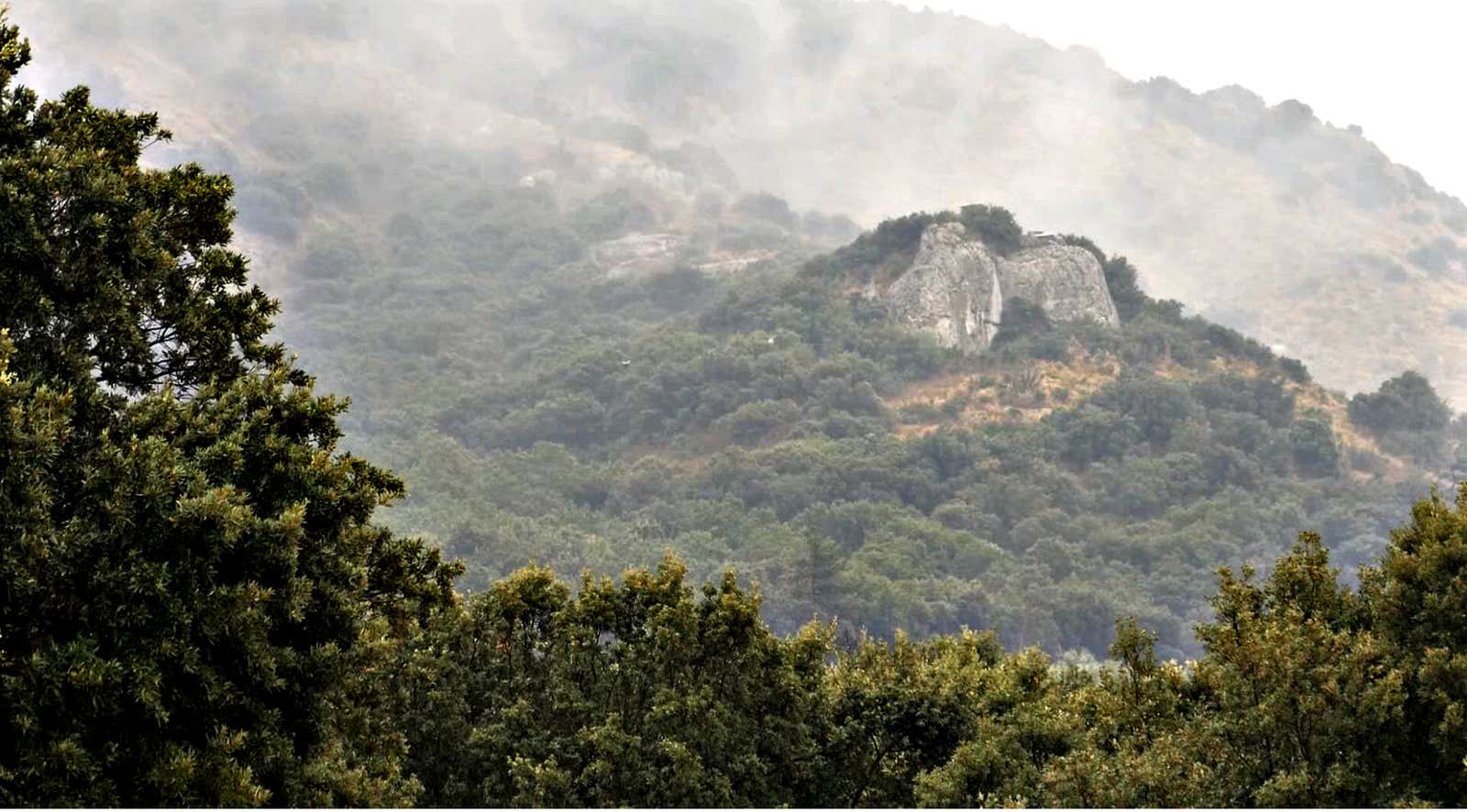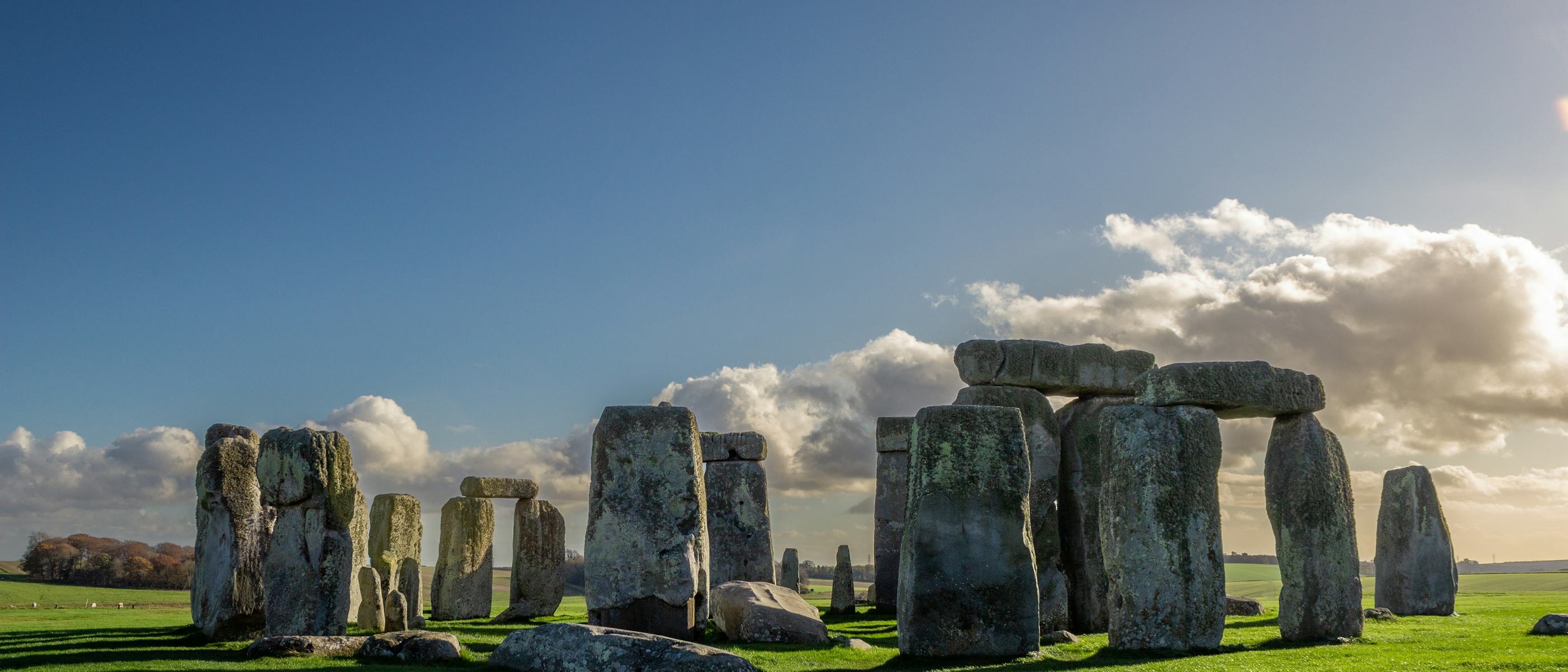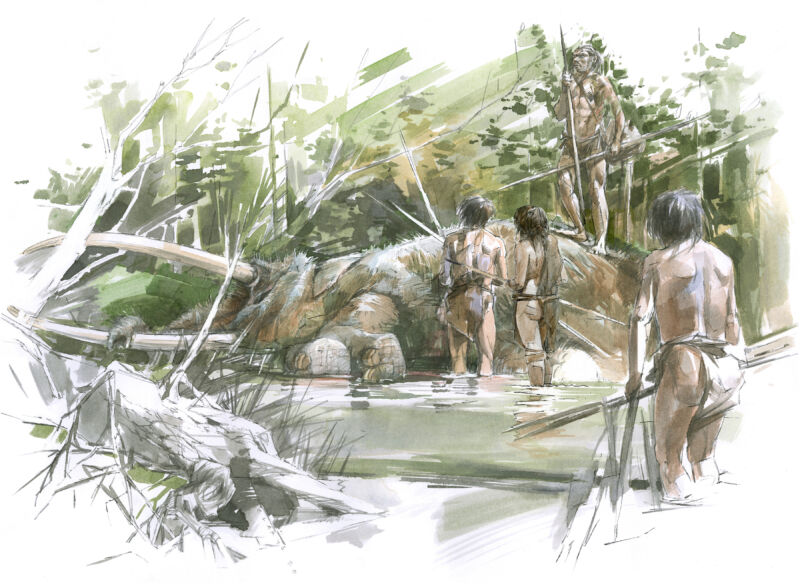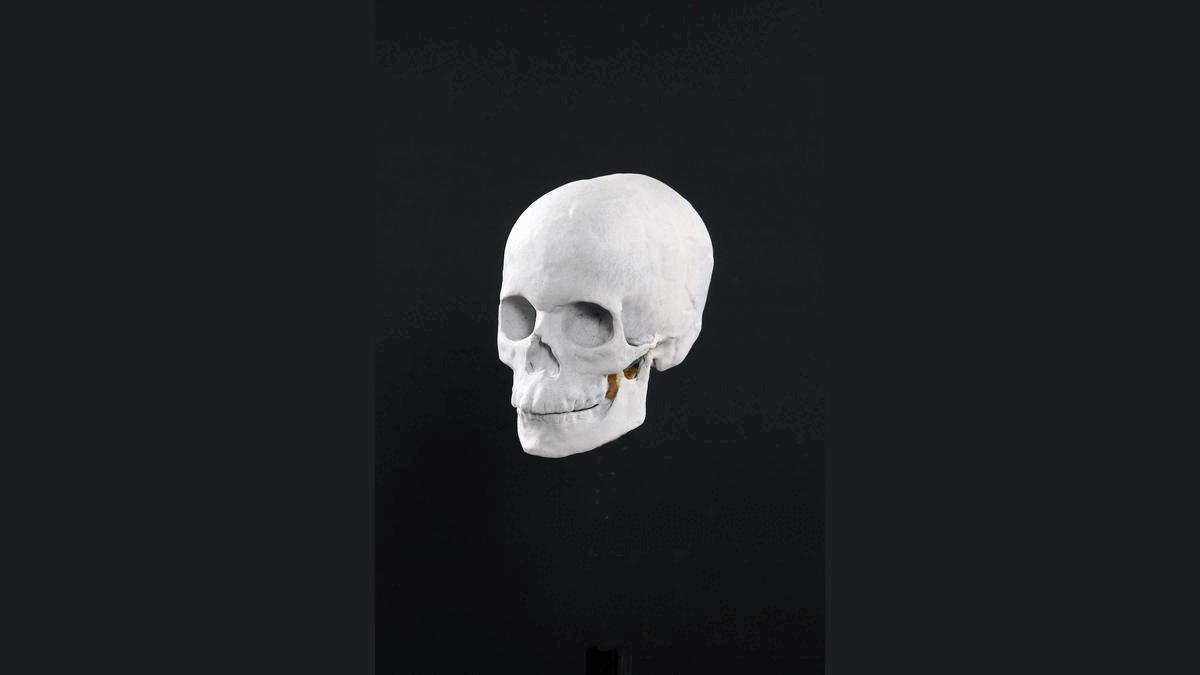
The Dwarfie Stane with the entrance to the tomb. Credit: Grovel - CC BY 3.0
A. Sutherland- AncientPages.com - The "Dwarfie Stane" is a remarkable ancient and massive piece of red sandstone. This 5,000-year-old block is surrounded by mystery, which has not been solved until today.
There is no record of who, in what manner, and for what purpose or purposes, created this great tomb.
Known as the Dwarfie Stane, the curious stone lies in a steep-sided and remote valley between Quoys and Rackwick on the island of Hoy in Orkney, Scotland, and is believed to be Britain's only example of a rock-cut tomb.
The chamber was carved out between the Neolithic and the Early Bronze Age, probably around 3,000 BC. This estimation is based on similar tombs discovered in the region of the Mediterranean.
Read the rest of this article...



:focal(800x602:801x603)/https://tf-cmsv2-smithsonianmag-media.s3.amazonaws.com/filer_public/55/49/5549b4ec-7886-4c93-a9ff-98a4a1bbc84a/16h045_f9_20160707_1354-copy_web.jpg)







